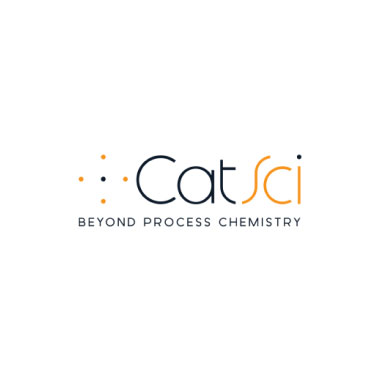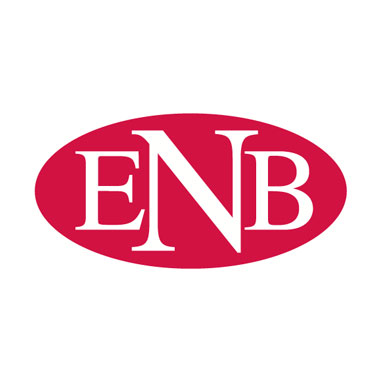Overview
The Texas Health & Human Services Commission executes 130+ projects annually, but before ProjectManager, they solely relied on Excel spreadsheets for project governance. Project managers needed a customizable solution offering diverse project views to appeal to all team roles and divisions to stay connected regardless of location. ProjectManager offers a convenient, affordable and evolving solution that grows alongside the company’s needs. As a result, the Texas Health & Human Services Commission can get 50% more done than they did before implementation.
Key challenges
- No formalized communication made managing hundreds of projects difficult
- Lack of accessible data made it time-consuming to manage similar projects
ProjectManager’s solutions
- Custom templates retain helpful information from previous projects to inform future plans
- Reporting and workload management make it easy to balance schedules across 100+ projects
Standout features
- Gantt chart
- Sheet view
- Portfolio management
- Reporting
- Importing and exporting
![]()
Location
Austin, Texas
![]()
Industry
Health
![]()
Size
7000-7500 employees
Stacy Kerns, Operations Manager at the Texas Health and Human Services Commission, is a busy person. She often works on an excess of 130 projects a year and manages six to 10 project managers. Her department is responsible for setting the rate for Medicaid and Medicare services in Texas.
She does that through three major organizations: hospitals, acute care services and long-term services and support. Her work is legislatively mandated, and she deals with regulatory rights, policies and the Health and Human Services Commission on the federal level.
Let’s just say, it can get complicated. Now, imagine managing all the work on Excel spreadsheets.
Excel added unnecessary layers of complexity
“When I came to the department, we didn’t have any project management software,” Ms. Kerns said. “We were literally doing everything on Excel spreadsheets. We didn’t really have a project management office (PMO). We had no governance committee. There were no requirements gathering.”
Kerns (who has a masters degree in project management, is a certified project management professional (PMP) and has a scrum and lean Six Sigma green belt certification) started asking, “How are we communicating with stakeholders? How do we communicate with our teams? Where is our PMO?”
That was in 2019 when Kerns was hired by the Texas Health and Human Services Commission, which had just created the operations team she leads. One of the first things Kerns did was look for appropriate project management software.
Why did the Texas Health and Human Services Commission choose ProjectManager?
Kerns did a comparison between ProjectManager and a few other software solutions. In her past experience, Kerns had used Microsoft Project, SharePoint and other tools. “I used to be a construction project manager and worked with Microsoft Excel,” she said. “I think I have a little PTSD from it—and I won’t use it!”
She demoed ProjectManager, and everyone liked it. “The level of customer service provided was amazing,” she said. “The ease of using the system was so unlike anything else we tried. It was customizable to what we needed it to be. The price point was perfect.”
Kerns had to present ProjectManager to the CFO, which led to her showing five other divisions within the Texas Health and Human Services Commission. Her CFO loves that it’s easy to pull reports on their projects’ progress and that it integrates seamlessly with SharePoint and other applications.

“The ease of using the system was so unlike anything else we tried. It was customizable to what we needed it to be. The price point was perfect.”
Stacy Kerns
Operations Manager at Texas HHS
Multiple project views provide options for flexible teams
The fact that ProjectManager has multiple project views that allow hybrid teams to work together was also a big selling point. “I’m essentially a portfolio manager because I manage all the project managers,” Kerns said. “The reporting features are very helpful.” She can dive down and see her team’s workload, view projects at the task level and make sure everyone’s work is balanced.
“I use the Gantt chart all the time,” she added. “It lets me see where we are and where we’re going, whether we’re ahead or behind schedule. But I know a lot of people who use the sheet view.” The Gantt chart is especially useful since the Texas Health and Human Services Commission is working on a waterfall methodology. But they are moving more towards an agile or hybrid approach and ProjectManager is built to work in both environments.
“One of my favorite features that I think is not discussed enough is the import-export feature,” Kerns said. “We do have a lot of the same timelines with different dates, and it’s nice that I can import those dates into an Excel spreadsheet and then export it back into ProjectManager.”
That’s a huge selling point for Kerns because she likes to sometimes work independently and not in the system.
ProjectManager increased Texas Health and Human Services’ productivity by 50%
“ProjectManager has improved our work quality by 50 percent,” Kerns said. “We could never tackle the amount of projects we have if we didn’t have ProjectManager. The features are easy to use, the color coding is nice, and the fact that we can customize that made it for us.”
Kerns continues, “Our work for each of our projects has improved significantly—organization, structure and deadlines.” Her team can set up reminders to keep them aware of updates and important dates. “Not every project manager uses it the same way,” she said. “There’s really no downfalls to ProjectManager that we’ve found.”
During the pandemic, the Texas Health and Human Services Commission developed a hybrid work environment. ProjectManager kept their teams connected and working together. “ProjectManager made it easier for me,” Kerns said. “I didn’t have to physically go ask my team what they were working on. I was just able to see it.” As her teams are slowly getting reintroduced to the office, ProjectManager continues to be the bridge between hybrid teams.

“ProjectManager has improved our work quality by 50 percent. We could never tackle the amount of projects we have if we didn’t have ProjectManager.”
Stacy Kerns
Operations Manager at Texas HHS
Continuous updates make ProjectManager the easy choice
Before their fiscal year starts in September, Kerns does the due diligence with ProjectManager to see if they’re going to renew their subscription or move to another solution.
“The fact is, ProjectManager continually adds new features. It’s nice to open the app and see the new features,” she said. “Often it’s something we’ve asked for and there it is. It’s phenomenal. ProjectManager keeps adapting to what project managers need and that’s why we continue to stay.”
More customer stories

Pharmaceutical
CatSci
How CatSci accelerates growth and innovates medicines development with ProjectManager

Aerospace, Education
Hawai’i Space Flight Laboratory
The HSFL uses ProjectManager to work in multiple views & track resources

Banking
Ephrata National Bank
Ephrata National Bank revolutionized their PMO with ProjectManager

